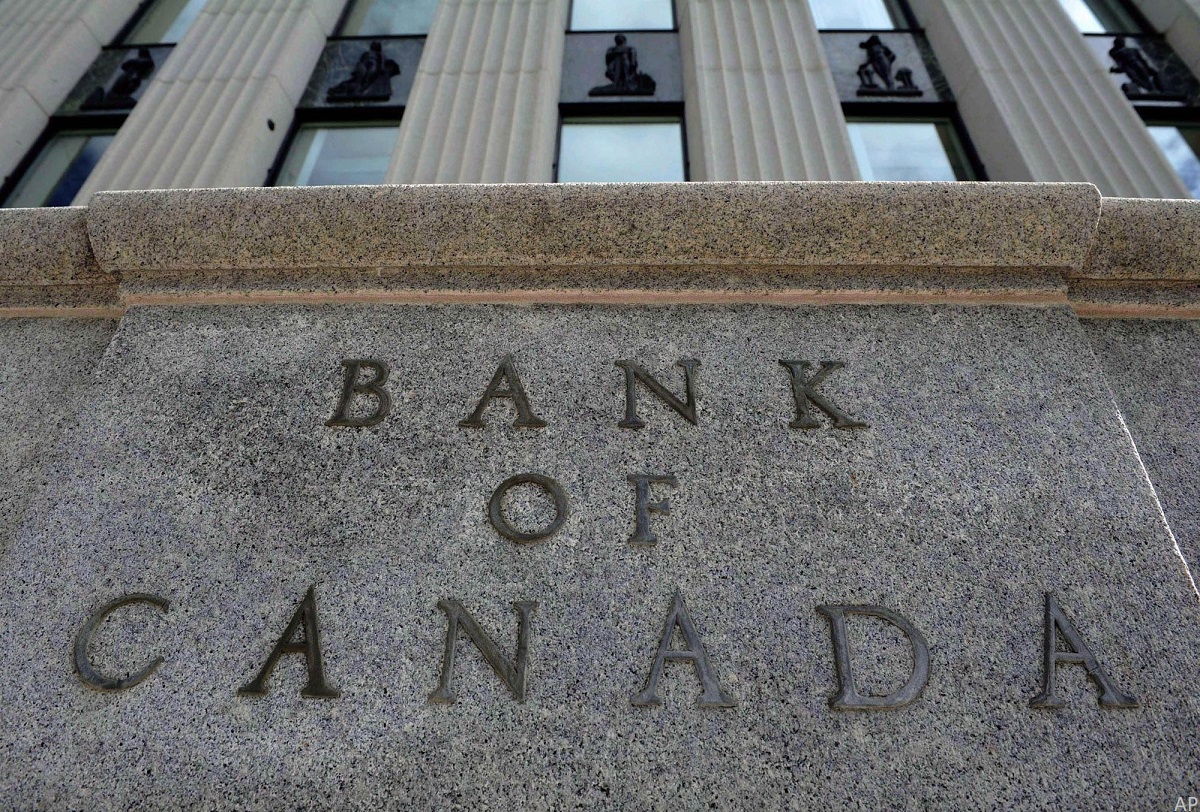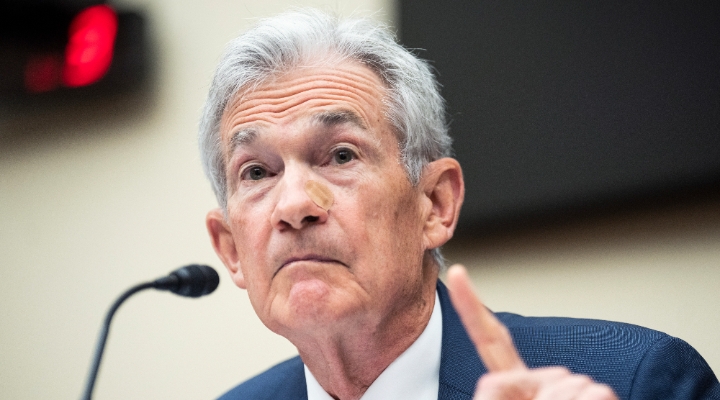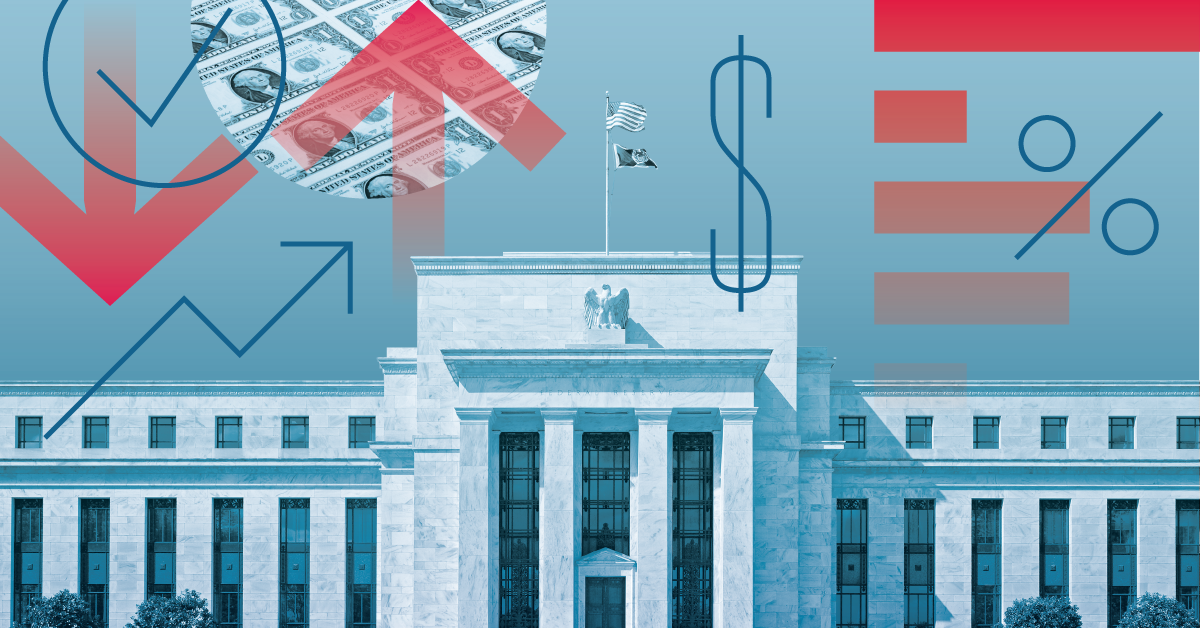
Today, after six consecutive pauses, the Bank of Canada trimmed its target for the overnight rate to 4.75%. The Bank said it is continuing its policy of “balance sheet normalization.”
“We’ve come a long way in the fight against inflation,” said Bank of Canada Governor Tiff Macklem in today’s press conference opening statement. “Our confidence that inflation will continue to move closer to the 2% target has increased over recent months. The considerable progress we’ve made to restore price stability is welcome news for Canadians.”
Steady Supply of Workers Cooling Canadian Wage Pressures
The decision comes after increasing investor doubts over recent weeks about a June rate cut, with growth in the Canadian economy picking up, and from earlier this year, with concerns about worker productivity and the impact on inflation. But most recently, Macklem is beginning to notice an increase in the supply of workers, which helps lower wages. “In the labour market, businesses are continuing to hire workers. Employment has been growing, but at a slower pace than the working-age population,” he said. “This has allowed the supply of workers to catch up with job vacancies. Elevated wage pressures look to be moderating gradually.”
While reduced wage pressures will help to cool high prices, today the Bank reminded Canadians that inflation remains above the 2% target and housing prices remain high, but noted that we're headed in the right direction. “Total consumer price index inflation has declined consistently over the course of this year,” said Macklem, “and indicators of underlying inflation increasingly point to a sustained easing. This all means restrictive monetary policy is working to relieve price pressures. And with further and more sustained evidence underlying inflation is easing, monetary policy no longer needs to be as restrictive.”
What Does This Mean for the Canadian Economy?
While Canadian investors may celebrate today’s decision, it’s worth keeping an eye on the economy. “The BoC was clearly concerned about the slowdown in domestic activity, while still acknowledging that consumption remains strong and housing activity is picking up,” says Travis Shaw, senior vice president, sector lead global sovereign ratings at Morningstar DBRS. “By acting now, the BoC is trying to ensure monetary policy isn’t too restrictive for too long, and still allows for growth in the economy provided inflation continues to moderate toward the 2% target.”
Contributing factors to the moderating inflation include a lackluster job market and unemployment hovering around 6% (despite the April jobs number which was the highest in more than a year), says Michael Constantino, CEO at Webull Canada. "For homeowners, lowering rates may bring some relief to households with variable-rate mortgages. The concern is that cuts could signal a rush to market by people waiting on the sidelines, which could in turn drive home prices even higher.”
From a bond market perspective, Shaw noticed that the swap market had priced in an 80% chance of a cut prior to the announcement. Looking ahead in the long term, it’s something for investors to keep an eye on. “Any reduction in rates is in response to a slowing economy, so that is something to watch cautiously,” says Shaw.
The change in direction for Canada's central bank is also a noteworthy event at an international level. "The Bank became the first G7 central bank to begin its easing cycle today," notes Dustin Reid, chief strategist, fixed income at Mackenzie Investments. And while the Bank's statement today was generally balanced, it perhaps opened the door to a somewhat faster easing cycle than the market had expected going into the meeting, said Reid.
Bank of Canada Spots Signs of Inflation Relief in U.S.
The Bank also continues to keep an international perspective, with a focus on developments in the U.S.: “In the United States, the economy expanded more slowly than was expected, as weakness in exports and inventories weighed on activity,” noted the Bank’s announcement today. “Growth in private domestic demand remained strong but eased.”
In the U.S., “In 2024, we project inflation to return to normal levels, in line with the Federal Reserve’s 2% target,” says Morningstar’s Chief U.S. Economist Preston Caldwell. “The drop in inflation has been driven principally by the unwinding of price spikes owing to supply chain resolutions and by the slowing pace of economic growth because of the Fed’s tightening.”
While recent developments have been concerning, on a long-term basis, Caldwell still expects inflation to average 1.9% from 2024 to 2028—falling just under the Fed’s 2.0% inflation target. “We still think that the Fed’s rate hikes executed thus far will eventually slow GDP growth sufficiently and that inflation will drop to 2% (while avoiding an outright recession). The effects of these rate hikes are still accumulating throughout the economy as borrowers roll over to higher interest rates and exhaust their financial cushions.”
When it comes to the impact of rising costs and supply chains on inflation in the U.S., Caldwell says there’s help on the way. “One indicator on the logistics side is that there are enough container ships set to be delivered over the next several years to expand the current fleet by 30%.” He also noted that manufacturing capacity is on the rise in the U.S. and China.
Should Canadians Expect Another Cut?
With signs of hope internationally on inflation, back in Canada, the Bank’s announcement today reflects a similar optimism. “If inflation continues to ease, and our confidence that inflation is headed sustainably to the 2% target continues to increase, it is reasonable to expect further cuts to our policy interest rate,” said Macklem. “But we are taking our interest rate decisions one meeting at a time.”





.jpg)













